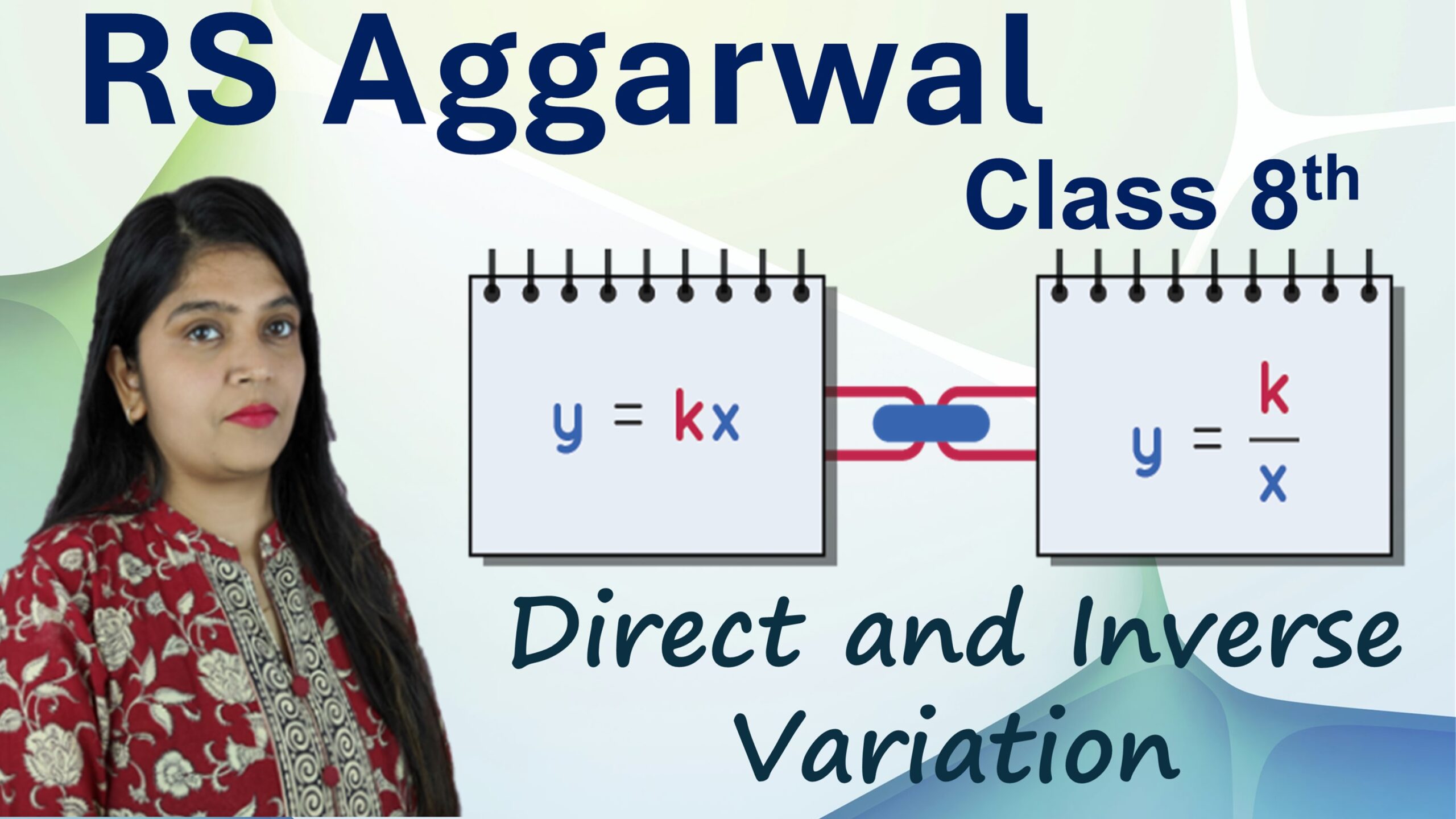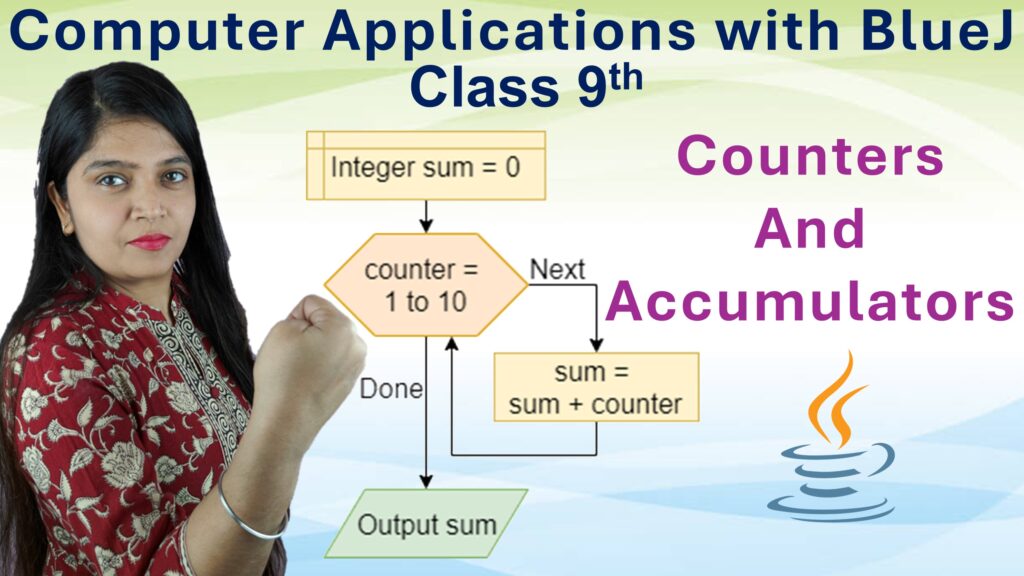Exercise: 10-B
Competency Focused Questions
Q1: If \(x\) and \(y\) are in direct proportion, then \(\frac{1}{x}\) and \(\frac{1}{y}\) are:
Step 1: Given that \(x \propto y \\
\Rightarrow \frac{x}{y} = k\), where \(k\) is a constant.
Step 2: Take reciprocal of both variables:
\[
x \propto y \\
\Rightarrow \frac{1}{x} \propto \frac{1}{y}
\text{ hold true}
\]Answer: a. in direct proportion
Q2: Radhika takes 20 minutes to reach her school, if she goes at a speed of 6 km/h. If she wants to reach school in 24 minutes, what should be her speed?
Step 1: Use the formula:
\[
\text{Speed} = \frac{\text{Distance}}{\text{Time}}
\]Let’s first find the distance.
Step 2: Given speed = 6 km/h and time = 20 minutes = \(\frac{1}{3}\) hour
\[
\text{Distance} = \text{Speed} \times \text{Time} = 6 \times \frac{1}{3} = 2 \text{ km}
\]Step 3: Now she wants to cover 2 km in 24 minutes = \(\frac{2}{5}\) hour
\[
\text{Speed} = \frac{2}{\frac{2}{5}} = 2 \times \frac{5}{2} = 5 \text{ km/h}
\]Answer: a. 5 km/h
Q3: The variable \(x\) is inversely proportional to \(y\). If \(x\) increases by \(a\%\), then by what percent will \(y\) decrease?
Step 1: Given \(x \propto \frac{1}{y}\) ⇒ \(xy = \text{constant}\)
Step 2: If \(x\) is increases by \(a\)%, then \(y\) decreases by \(a\)%.
Answer: a. \(a\)%
Q4: Given that \(y\) is directly proportional to the cube root of \(x\) and that \(y = 18\) when \(x = 27\). The value of \(y\) when \(x = 125\) is:
Step 1: Given:
\[
y \propto \sqrt[3]{x} \\
\Rightarrow y = k \cdot \sqrt[3]{x}
\]
Substitute \(y = 18\) when \(x = 27\):
\[
18 = k \cdot \sqrt[3]{27} = k \cdot 3 \\
\Rightarrow k = \frac{18}{3} = 6
\]Step 2: Now find \(y\) when \(x = 125\):
\[
y = 6 \cdot \sqrt[3]{125} = 6 \cdot 5 = 30
\]Answer: c. 30
Q5: A holiday is planned for a group of 20 children and food is bought to last for 15 days. If the number of children were to increase to 25, how long would you except the same amount of to last?
Step 1: More children ⇒ food will last fewer days → inverse proportion
Let new number of days = \(x\)
Use the inverse proportion formula:
\[
\text{Children}_1 \times \text{Days}_1 = \text{Children}_2 \times \text{Days}_2 \\
20 \times 15 = 25 \times x \\
\Rightarrow 300 = 25x \\
\Rightarrow x = \frac{300}{25} = 12
\]Answer: d. 12 days
Q6: If \(y\) is directly proportional to \(x^2\) and \(y = 8\) when \(x = 4\), then the value of \(y\) when \(x = 5\) is:
Step 1: Given \(y \propto x^2 \\
\Rightarrow y = kx^2\)
Substitute \(x = 4\), \(y = 8\):
\[
8 = k \cdot 4^2 = 16k \\
\Rightarrow k = \frac{8}{16} = 0.5
\]Step 2: Now find \(y\) when \(x = 5\):
\[
y = 0.5 \cdot 5^2 = 0.5 \cdot 25 = 12.5
\]Answer: c. 12.5







Leave a Comment